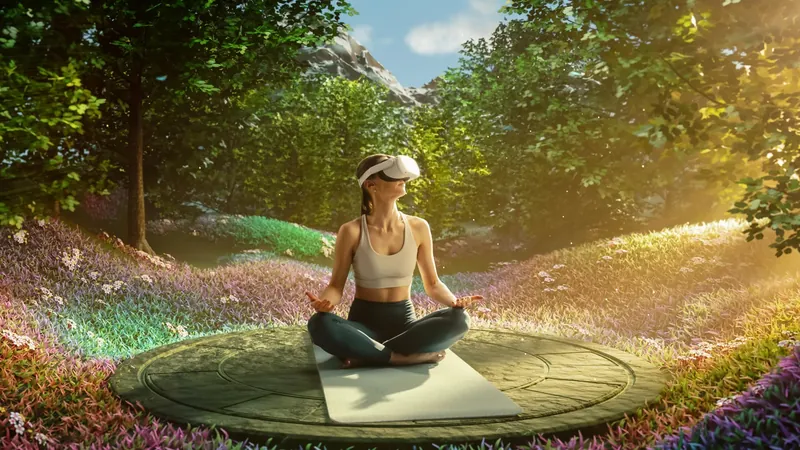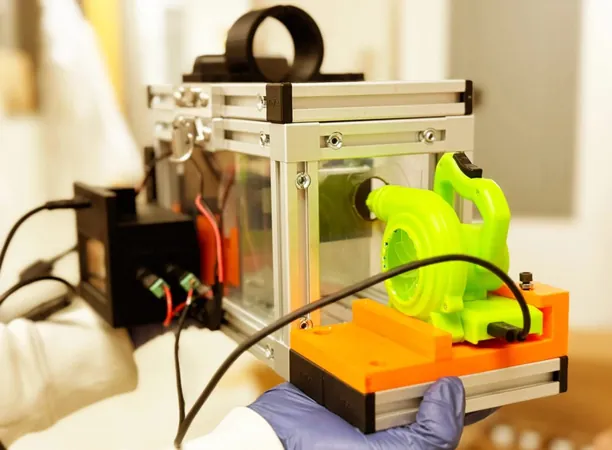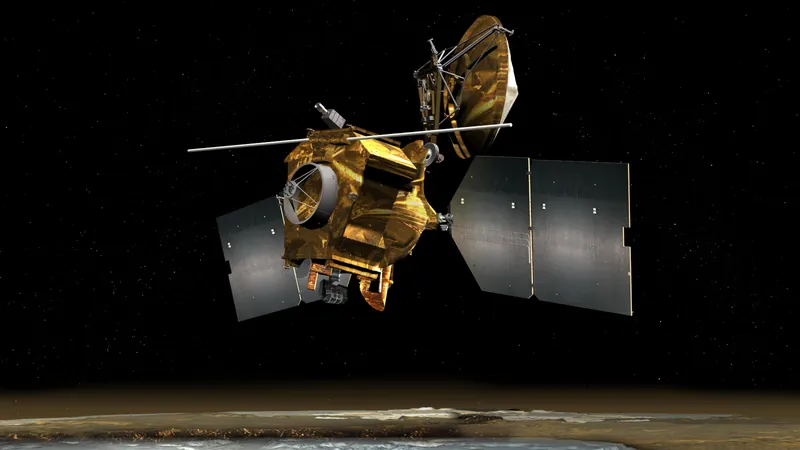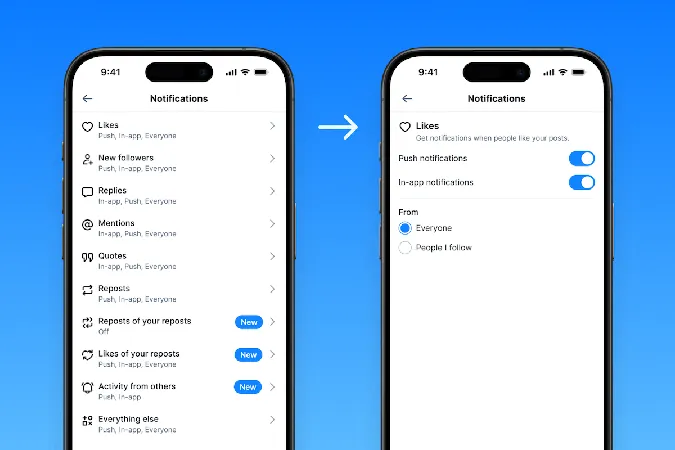
Unlocking Your Brain's Inner GPS: How Dopamine Neurons Chart Our Future
2025-06-06
Author: Sophie
What if your brain could map out not just places, but potential futures? Groundbreaking research from the Champalimaud Foundation reveals that dopamine neurons in our brains don't merely track rewards—they create intricate maps predicting when these rewards may arrive and their potential sizes. This capability could explain why some people are impulsive while others weigh their options carefully.
The Decision Dilemma: Averages Aren't Enough
Picture this: you're at a busy restaurant. Do you endure the long wait for your favorite meal, or opt for a quick bite nearby? Your brain weighs every factor, not just how tasty the meal might be, but also how long you're willing to wait. For years, scientists have explored how our brains navigate such choices through 'reinforcement learning' (RL) models, which rely on rewards and penalties.
A New Perspective on Predicting Rewards
Traditionally, these models used average values to simplify decision-making—a narrow approach, akin to valuing a meal without knowing the wait time. Recent studies published alongside research from Harvard and the University of Geneva challenge this simplicity. Instead of relying on a single prediction for future rewards, these studies show that groups of dopamine neurons generate a vast array of possibilities, allowing for nuanced decision-making.
Dopamine Neurons: Your Brain's Advisors
As Margarida Sousa, a lead researcher, explains, this project began six years ago after a talk by Matthew Botvinick on how RL could reflect a spectrum of outcomes rather than a single estimate. The research team sought to delve deeper, hypothesizing that different dopamine neurons respond to various aspects of future rewards, including their timing and magnitude.
Mice, Maps, and Marvelous Discoveries
To explore these ideas, researchers developed a behavioral task involving mice and scent cues signaling potential rewards. Unlike past studies that averaged neuron activity, this team analyzed individual neuron responses, uncovering distinct neural profiles. Some neurons craved immediate rewards, while others held out for bigger, delayed rewards, showcasing a spectrum of 'impatient' to 'optimistic' responses.
Dynamic Decision-Making in Action
The results indicated that this rich population coding predicts anticipatory behavior in mice, adapting to their environment. Neurons not only shifted their responses based on historical reward timing but maintained stable roles—optimistic neurons stayed optimistic while cautious ones remained prudent. This diversity might help the brain balance multiple future possibilities, akin to having a team of advisors with varying strategies.
From Past Patterns to Future Foresight
More impressively, this neural formulation allows for proactive planning in unpredictable scenarios. Research simulations showed that dopamine-encoded maps enabled artificial agents to make better decisions depending on their circumstances.
The Impulsivity Equation
This research could also reframe our understanding of impulsivity. The variation in dopamine activity might elucidate why some people seize immediate rewards while others wait, suggesting that our internal 'maps' or perceptions of future rewards might be reshaped through therapy or environmental changes.
A Bridge Between Neuroscience and AI
This fascinating intersection between neuroscience and artificial intelligence highlights that our brains might already employ strategies that scientists are just beginning to harness for machines. By encoding not just averages but the full spectrum of possibilities, future AI could become more adept at predicting and adapting to complex, changing environments.
As we continue to explore the workings of our brains, it's crucial to recognize how our mental maps influence our decisions. So, the next time you’re pondering whether to wait in line or take a quick snack, remember that your brain is more than just a decision-maker—it's a talented cartographer of your future.









 Brasil (PT)
Brasil (PT)
 Canada (EN)
Canada (EN)
 Chile (ES)
Chile (ES)
 Česko (CS)
Česko (CS)
 대한민국 (KO)
대한민국 (KO)
 España (ES)
España (ES)
 France (FR)
France (FR)
 Hong Kong (EN)
Hong Kong (EN)
 Italia (IT)
Italia (IT)
 日本 (JA)
日本 (JA)
 Magyarország (HU)
Magyarország (HU)
 Norge (NO)
Norge (NO)
 Polska (PL)
Polska (PL)
 Schweiz (DE)
Schweiz (DE)
 Singapore (EN)
Singapore (EN)
 Sverige (SV)
Sverige (SV)
 Suomi (FI)
Suomi (FI)
 Türkiye (TR)
Türkiye (TR)
 الإمارات العربية المتحدة (AR)
الإمارات العربية المتحدة (AR)